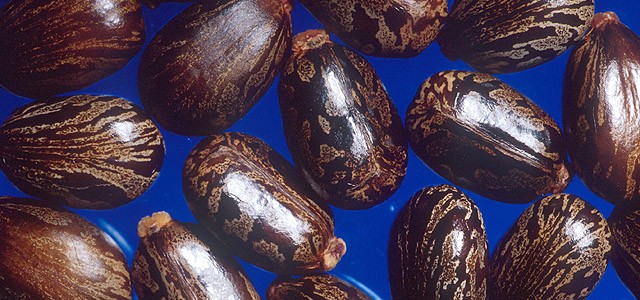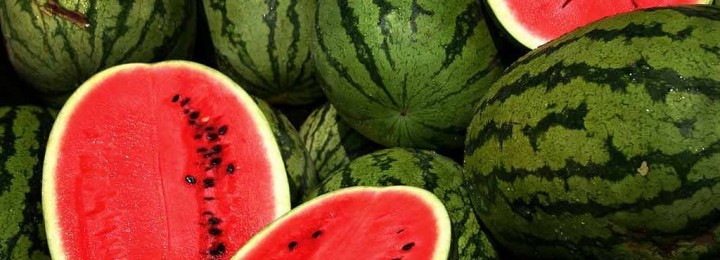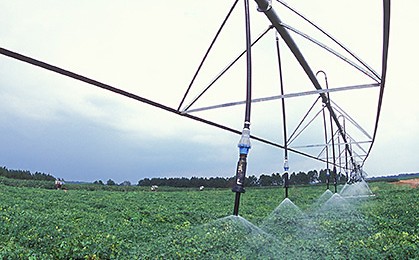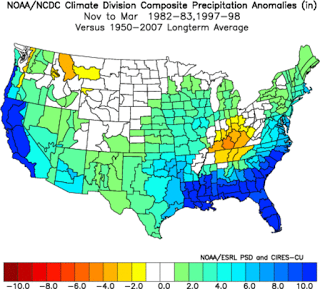Climate and Ag in the news
-

For the end of Lightning Awareness Week, I want to list a couple of articles that contain very useful information on where and when lightning strikes and the most likely ways that you can be affected. Did you know that 15 percent of all lightning deaths are work-related? And of those, 34 percent are to…
-

Castor beans, which were grown in Florida in World War II and which can produce some components of military jet fuel, are currently being studied by University of Florida scientists to determine if they can be successfully grown as a commercial crop in the Southeast. Growing Georgia reported earlier this week (link) on some efforts…
-

Growing Georgia posted an article from Clint Thompson of UGA about the impacts of the recent heat on watermelon farmers. The high temperatures and strong sunlight could cause sunburn on the nearly ripe melons, making them unattractive and less able to sell. Some farmers are using sprays to help protect the melons from sun scald,…
-

The Southeast Farm Press published a story yesterday summarizing a presentation given at Clemson University on June 10. The speaker was Sonny Ramaswamy presenting a talk on the role food and agriculture will play in the future. He focused on both the promise and the problems faced by agriculture in the U.S. and globally. Population growth…
Posted in: Climate and Ag in the news -

NASA has a great web site for viewing pictures of changes that have occurred over time around the globe, both from natural causes like landslides and manmade causes like increases in agriculture. You may enjoy paging through these to see how the earth’s surface has varied on a variety of time scales. The photos below,…
-

Bloomsberg Businessweek had a dynamic graphic online today showing the impacts of different factors on the Earth’s temperature. You can see it at https://www.bloomberg.com/graphics/2015-whats-warming-the-world/. The factors include greenhouse gases, aerosols from pollution, volcanic eruptions, ozone and land use changes.
-

NOAA is now predicting a 90 percent chance of a strong El Nino lasting into the fall and most likely through the winter. What does that mean for impacts across the country? Cliff Mass has an excellent blog posting on this subject at https://cliffmass.blogspot.com/2015/06/a-strong-el-nino-develops-what-does.html. Even though his blog is directed towards the Pacific Northwest, you can…